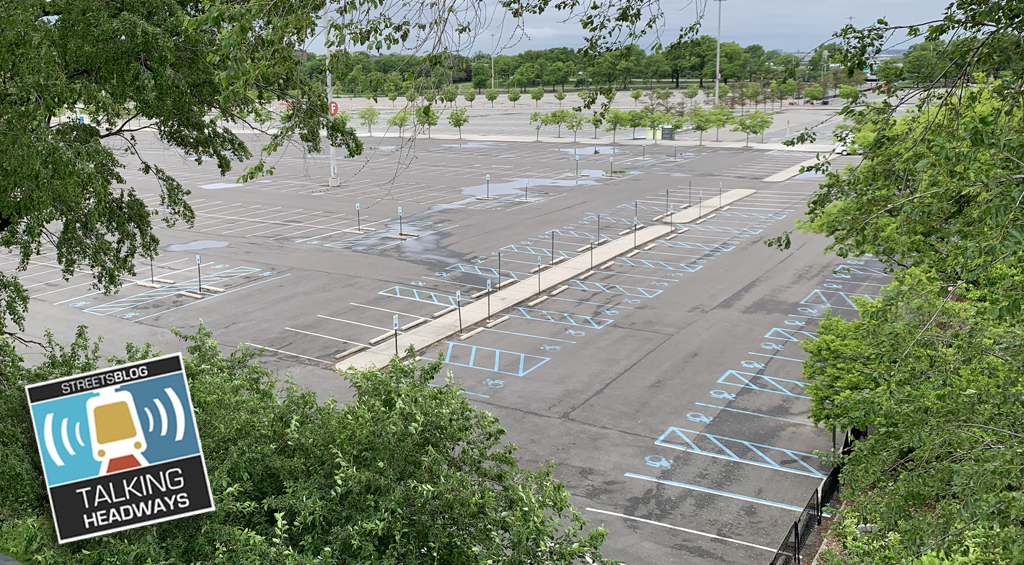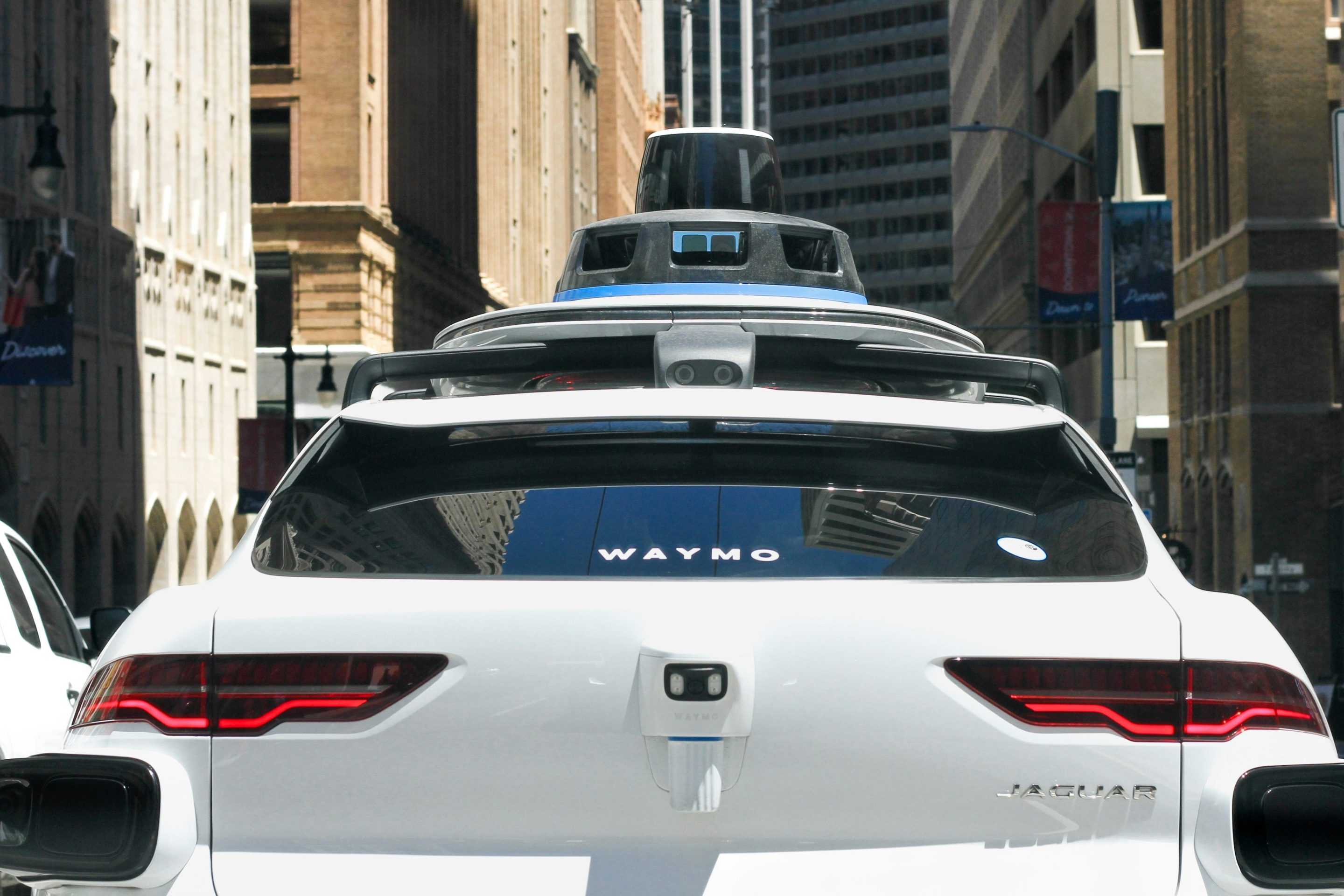A new technology is helping advocates and communities quantify exactly where they need protected bike infrastructure most, by transforming their bikes into data collection tools every time they ride through city streets.
Transportation officials in Ann Arbor recently partnered with Pittsburgh-based start up Velo AI to complete a unique bicycle safety study powered by on-bike cameras called "CoPilots," which are equipped with artificial intelligence and advanced computer vision. Mounted to the seat posts of bike commuters recruited by a local bike advocacy group, those cameras automatically recorded and analyzed hours of footage to document not only the location and prevalence of near-miss crashes along popular bikeways, but also the average speeds and passing distances of nearby drivers, and even the types of vehicles on each road.
(The footage blurred out license plate numbers, faces, and other details that might spark privacy concerns.)
The tech compiled all that data into a series of "stress scores" that Ann Arbor could overlay across its map — a map which, together with other data like crash stats, bike counts, and cyclists' own testimonies, paints a compelling picture of where Ann Arbor's next bike paths should be built, or where existing paths should be outfitted with more protections.
"A lot of advocacy groups say that for every 100 near-misses, you're going to have one fatality," said Alison Treaster, Velo AI's chief of staff. "So we have the opportunity to accelerate that data collection, and say, 'Hey, we're seeing a consolidation of near misses at this particular part of town — within a week there have been, let's say, 20 near-misses.' So we never have to get to that hundredth near-miss before we make implementations to help [save lives]."

Velo certainly isn't the only AI-powered bike camera on the block. Other companies are using similar tech to do things like help cyclists automatically record drivers who violate passing laws and receive real-time alerts about drivers who pass suddenly into their blind spots. Co-pilot itself is also sold directly to riders, who can use it to automatically alert drivers to their presence using extra-visible light cues, among other features.
Those kinds of applications, though, can sometimes prove controversial among sustainable transportation advocates, some of whom fear that high-tech fixes will take the place of good-old fashioned infrastructure — and that those who can't afford the latest smart camera or V2X toy will be blamed if they're the victim of a crash.
The idea of using AI to super-charge data collection, though, might cut through that debate, transforming tech into tool to make the case for bollards and jersey barriers, rather than a replacement for them. And it also could help cities tell a deeper story about safety and comfort than static bike counts and crash stats can do on their own.
"We've used crash data previously to evaluate our projects and the impact on safety; we also have bike count data, which is helpful to some level," said Shelby Fergon, planning specialist for the Ann Arbor Downtown Development Authority. "But that near-miss data was something that we were lacking; it seemed like a really neat opportunity to quantify the experience that people were having in a way that we weren't able to previously."
When layered with qualitative data like interviews with riders themselves, Ann Arbor officials say Velo's insights have helped them put numbers and images to harrowing stories that cyclists have been telling them for years, making those experiences undeniable to even the most ardent skeptics. They say they've already seen results from sharing footage, maps, and analyses from the pilot in meetings with local politicians, and used those tools to make the case to the general public that the downtown bike network must be extended — even though all downtown addresses are already within two blocks of a separated bike lane.
"We also reached out to our participants to have them describe, in their own words, what their biking experience was like, and what it would mean to them to have more protected infrastructure," said Amber Miller, the Downtown Development Authority's capital projects and planning manager. "To pair that story with the data is really powerful."
Miller, Fergon and Treaster all said they could envision AI bike cameras being used to complement other kinds of safety efforts, like putting real bike footage into PSAs, or helping driver's ed students see exactly how scary it is for a cyclist to be close-passed by a driver. Velo is also partnering with the bike share provider POGOH in its home city of Pittsburgh to put the cameras onto some of its fleet, which they hope will help them capture data about biking conditions in less-affluent communities where shared bikes are frequently ridden; they also a receive a grant from the federal Department of Transportation's Complete Streets AI pilot in August, though the office's entire page has been taken down since President Trump took office, much like the page for the concept of Complete Streets itself.
As the U.S. transportation sector enters troubling times and federal support for bike lanes wanes, Ann Arbor hopes its pilot can new shed light on what it's really like to ride on U.S. roads — and make the case to support better infrastructure at every level of government.
"We're hoping this illustrates the data, and increases empathy and understanding for just how vulnerable someone riding a bike can be," added Miller.
An earlier version of this article misspelled Shelby Fergon's last name.






